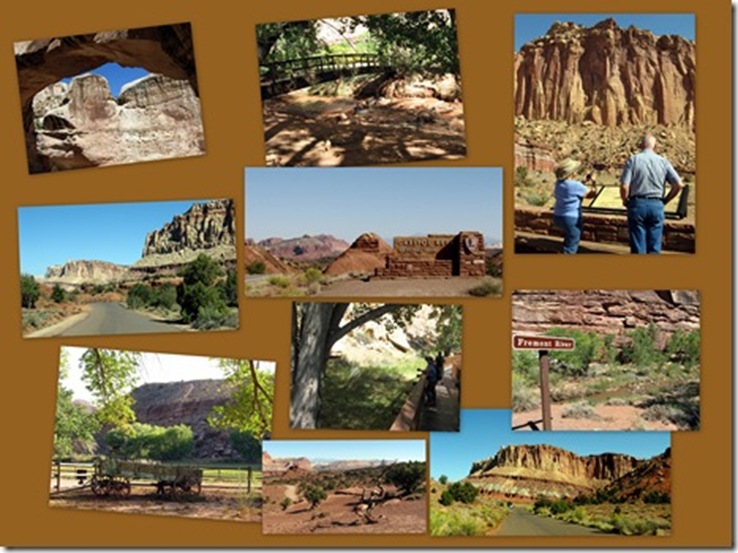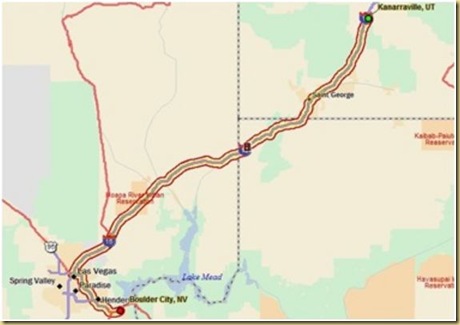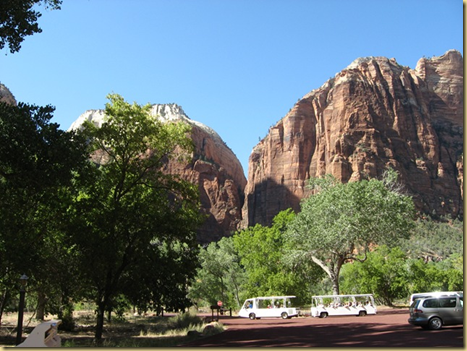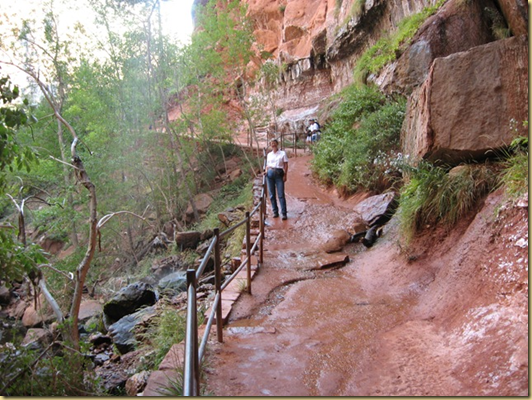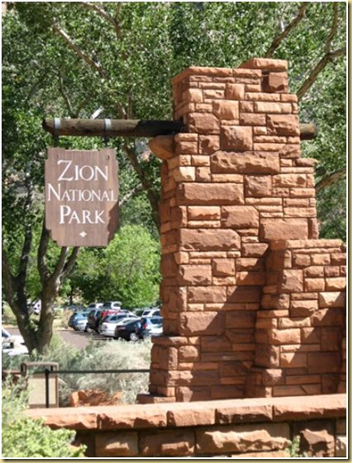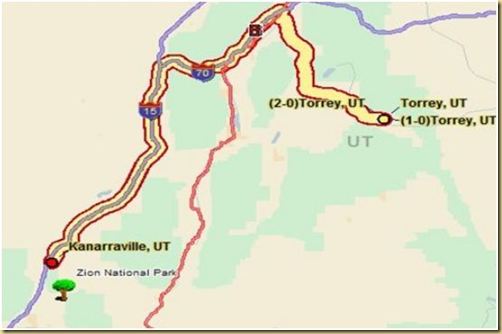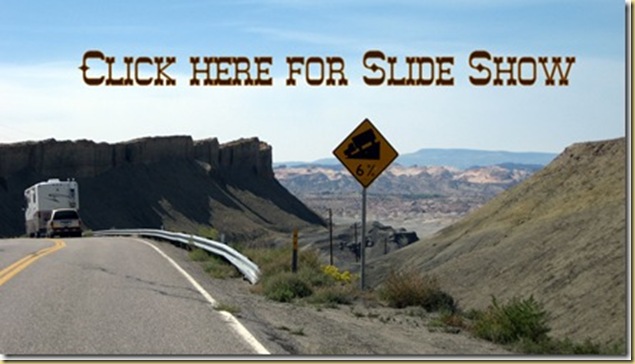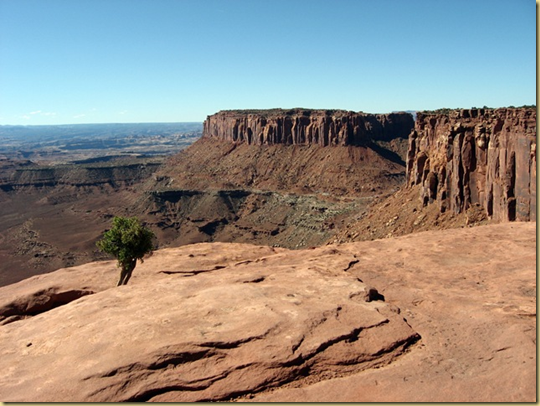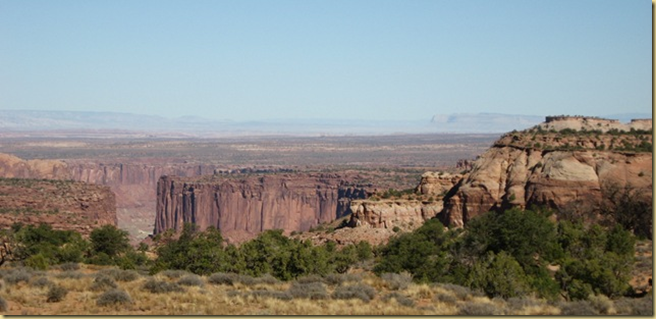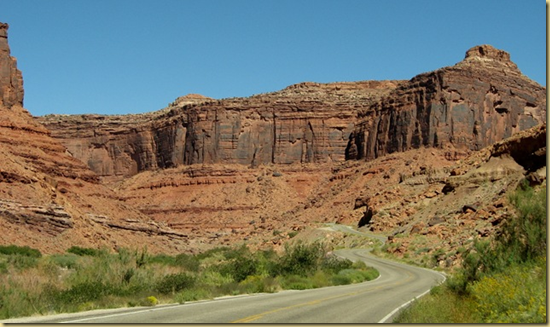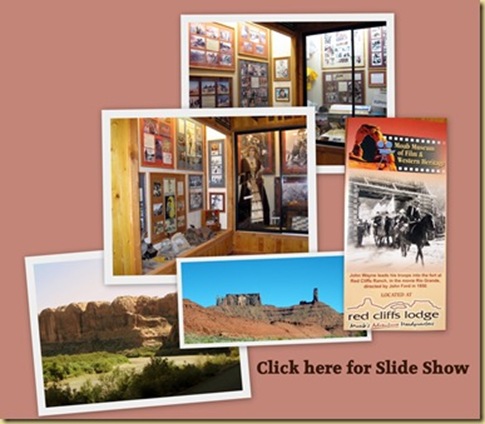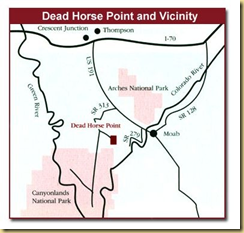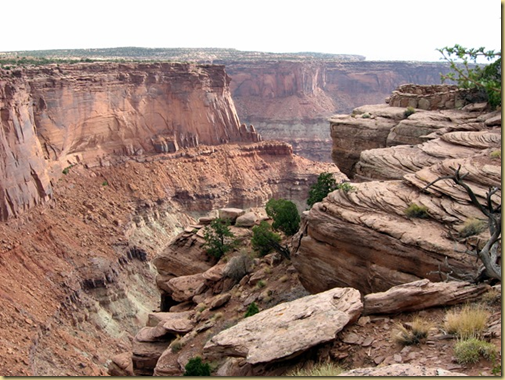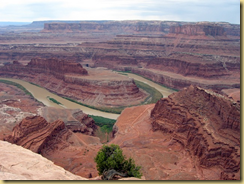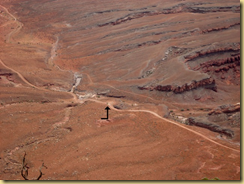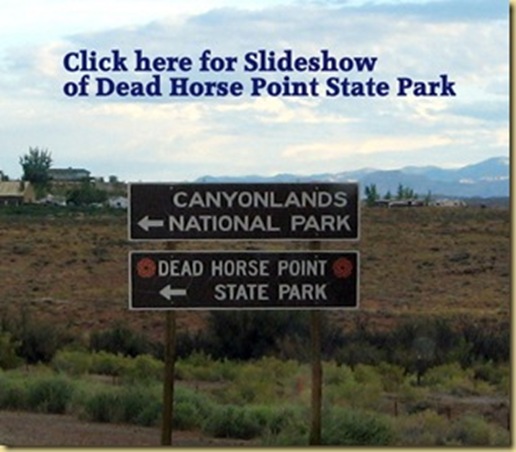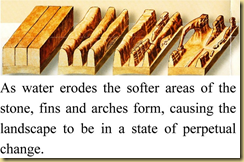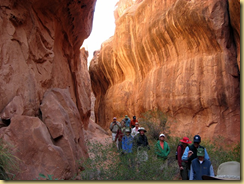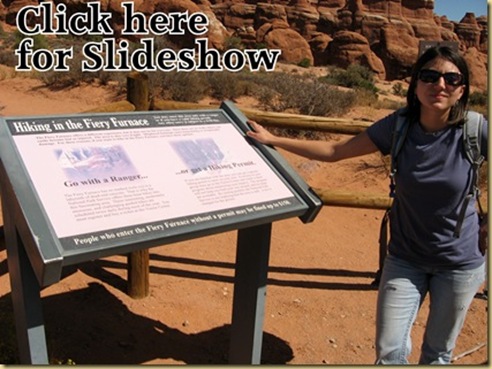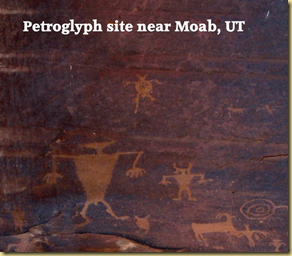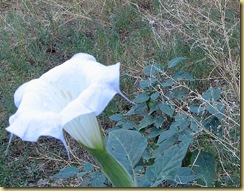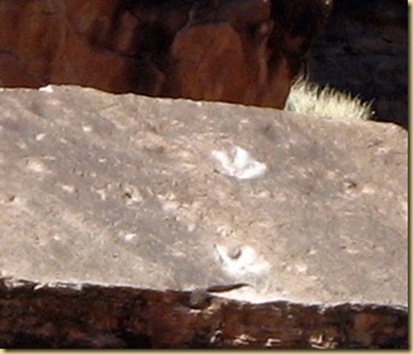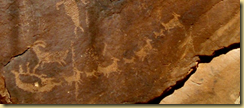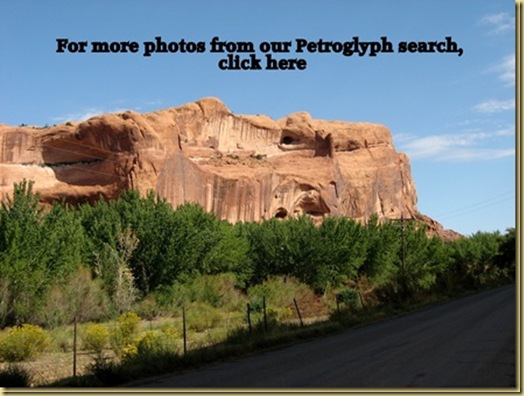Several of our friends have told us Capitol Reef is their favorite of the 5 southern Utah national parks. We might not go that far (I really loved Arches), but it’s right up there. The Park is the second largest in the state, yet is much less visited than others in south Utah, partly due to the rather remote location.
The Waterpocket Fold, a nearly 100 mile long warp in the earth’s crust, defines Capitol Reef. The most scenic portion of the Waterpocket Fold, found near the Fremont River, is known as Capitol Reef: capitol for the white domes of Navajo Sandstone that resemble capitol building domes, and reef for the rocky cliffs which are a barrier to travel, like a coral reef.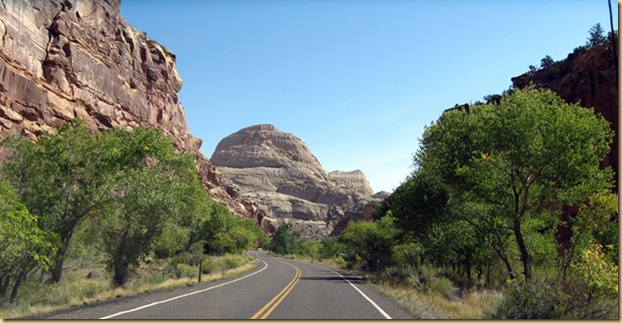
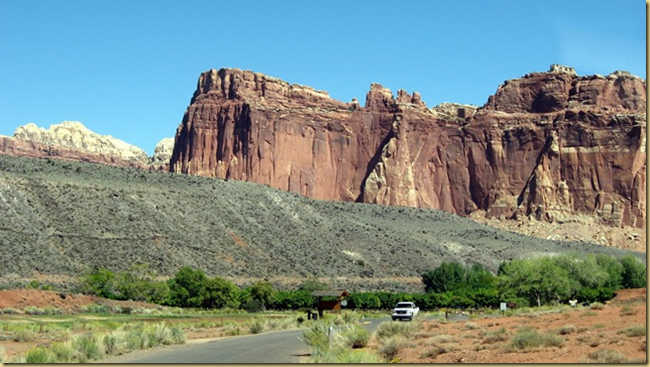
After traveling for many days through Utah’s rocky landscape, the green color of the trees in Capitol Reef arrested our attention. Running through the area is the Fremont River. Early Morman settlers recognized the potential of the area and settled here in the 1880s, planting apple orchards. They named their settlement, appropriately, Fruita.
The settlers are long gone, but several reminders remain behind, and provide a unique glimpse into the past for today’s travelers. The historic Fruita tour begins at the Gifford House, where fresh breads and jams, made in nearby Torrey, provide a delicious start to the day. 
The farmhouse is filled with remnants of yesterday. 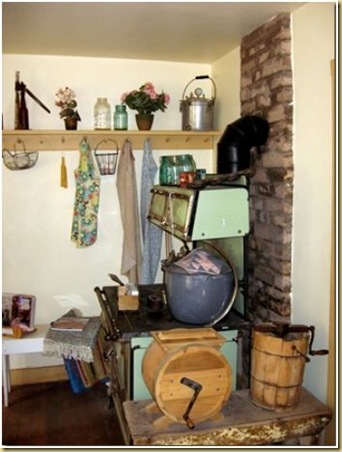
The road past the farm, following along side the old Butterfield Stage route, 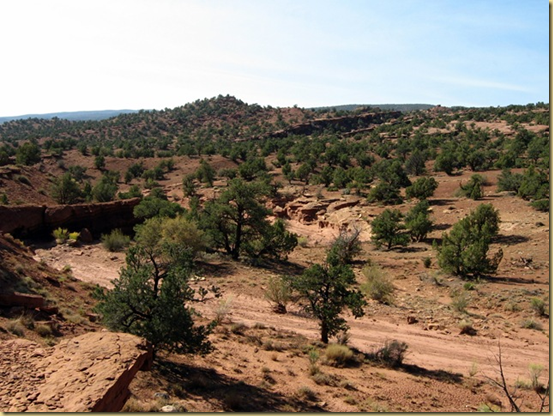
takes you along the Waterpocket Fold 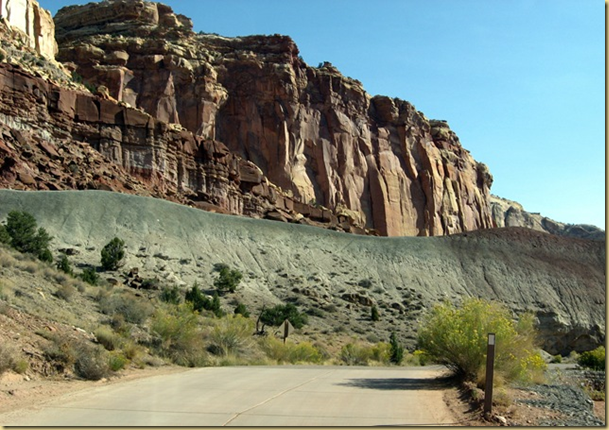
to Capitol Gorge, where the pavement ends.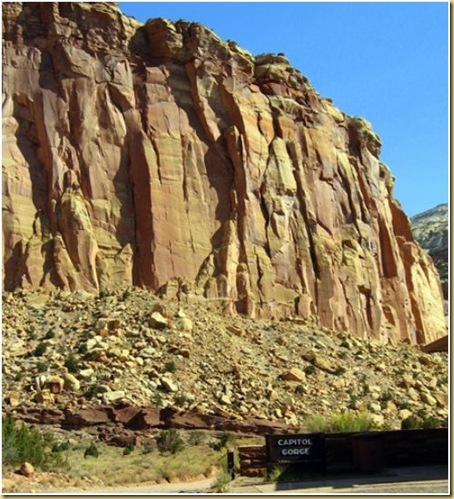
Back near the farm, we stopped for a picnic lunch near the Junction of the Fremont River and Sulfur creek, and took a few minutes to wander through the nearby orchard.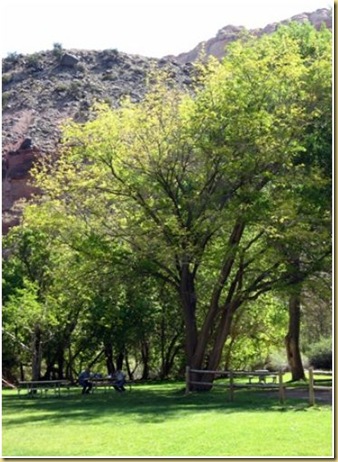 Tourist still pick the apples during season.
Tourist still pick the apples during season.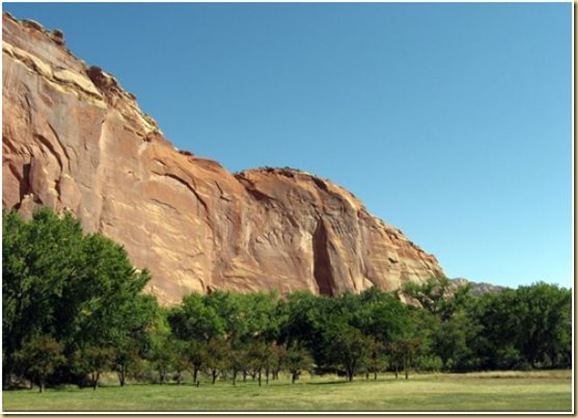
Children of the settlers attended school in this tiny building,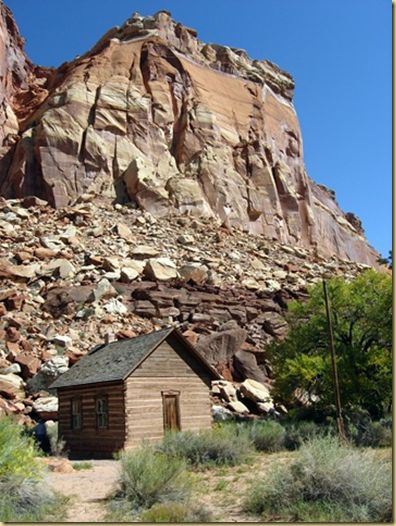
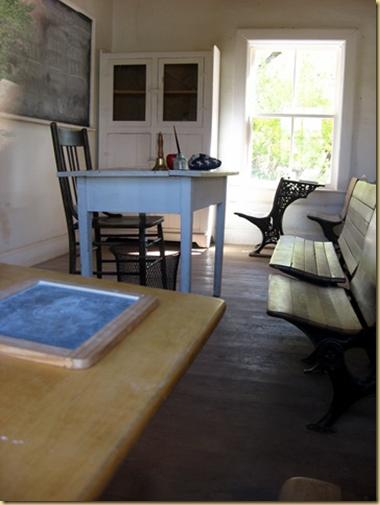
and left record of their time spent on the ‘school roll’ out back.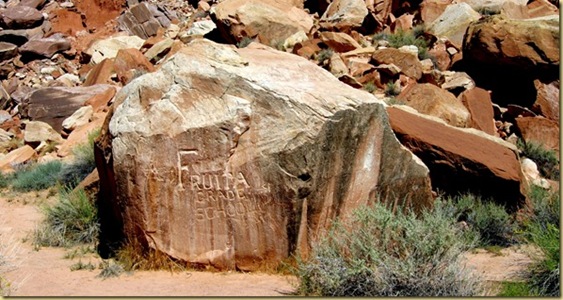
Leaving the settlement behind, we decided to hike to Hickman Natural Bridge. 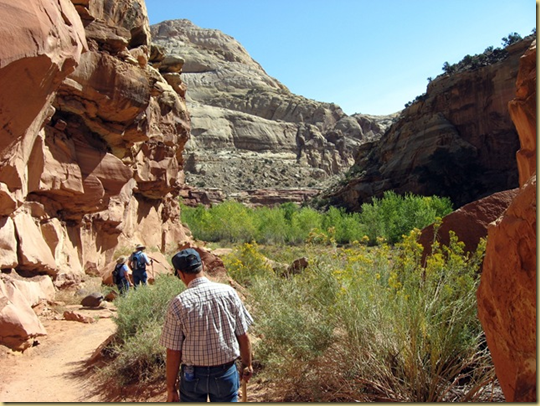
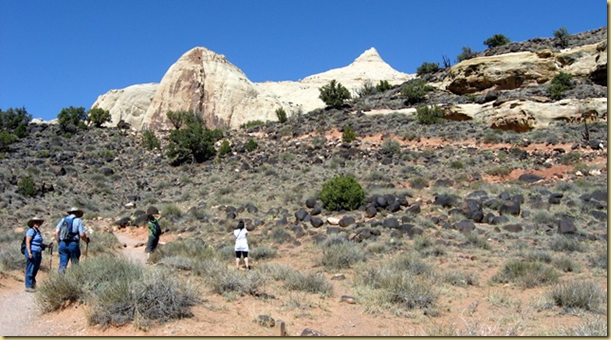 The elevation began to bother Ron, and he chose a shady spot to wait on Hoyt, Bernice and me.
The elevation began to bother Ron, and he chose a shady spot to wait on Hoyt, Bernice and me.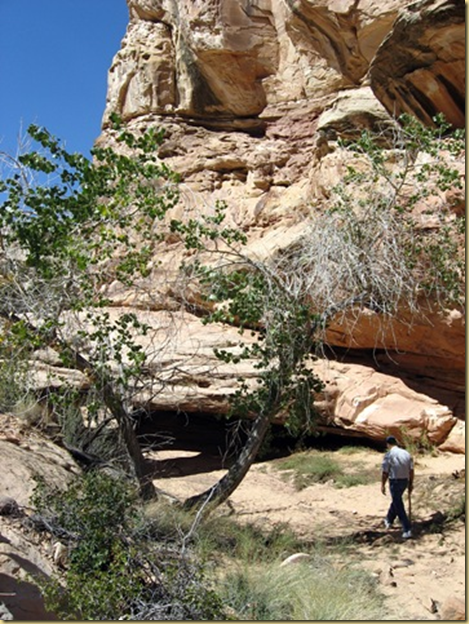
As in all the National Parks of Utah, the scenery is breathtaking.
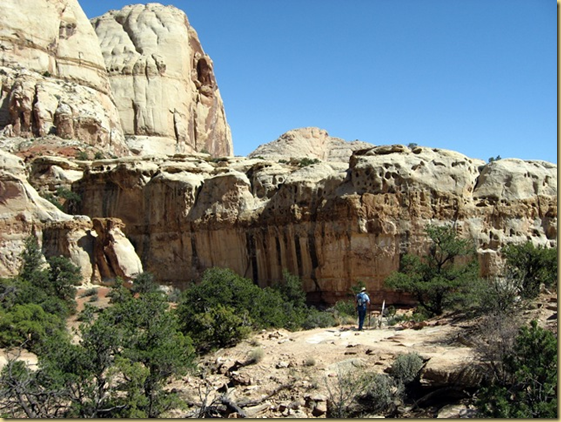 One of the largest rock spans in the park, Hickman National Bridge has an opening of 125 feet top to bottom, and 133 feet between abutments. The bridge is named after Joe Hickman, one of the men deserving credit for the preliminary work that led to the creation of the National Park.
One of the largest rock spans in the park, Hickman National Bridge has an opening of 125 feet top to bottom, and 133 feet between abutments. The bridge is named after Joe Hickman, one of the men deserving credit for the preliminary work that led to the creation of the National Park.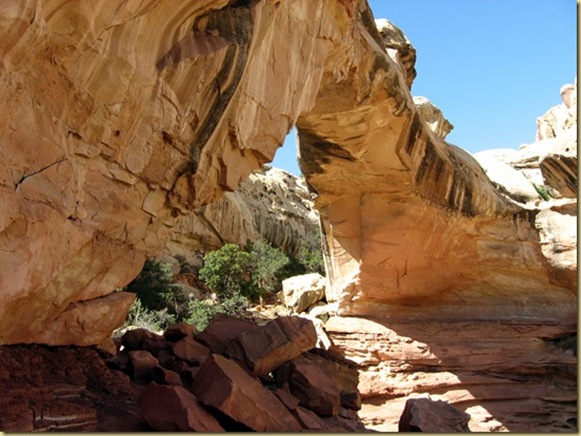
We also spent time at the Petroglyph/Pictograph site, where a boardwalk 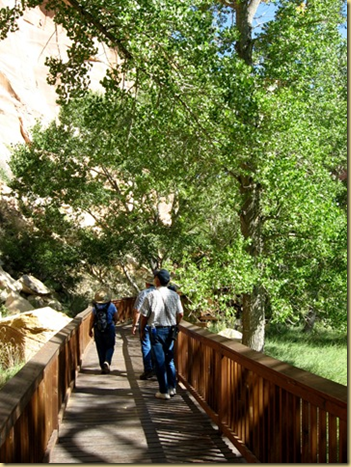
leads past dozens of examples of rock art. The human depictions are often elaborately decorated with headdresses, ear bobs, necklaces, clothing items and facial expressions. A wide variety of animal figures include bighorn sheep, deer, dogs, birds, snakes and lizards. Abstract designs, geometric shapes and handprints are also common. 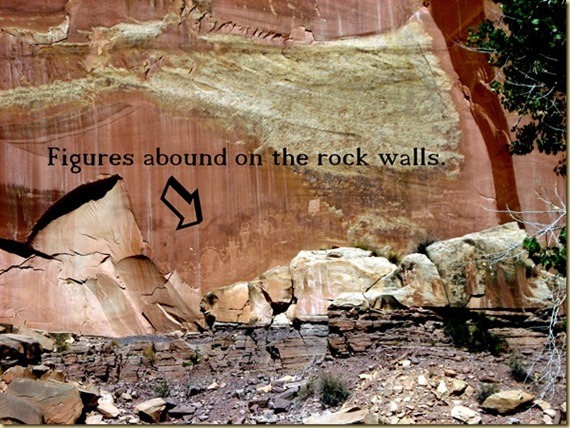
Our last stop of the day was at an overlook near the entrance to the park. 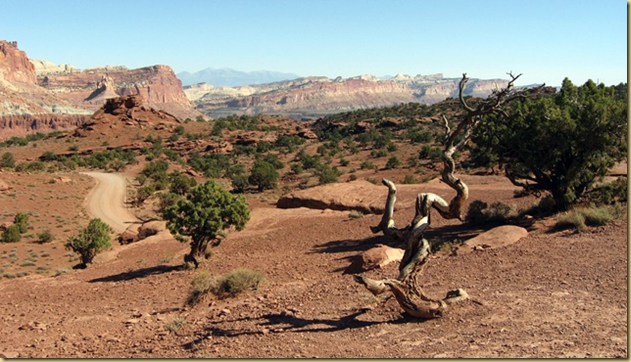 The informational display made an interesting observation:
The informational display made an interesting observation:
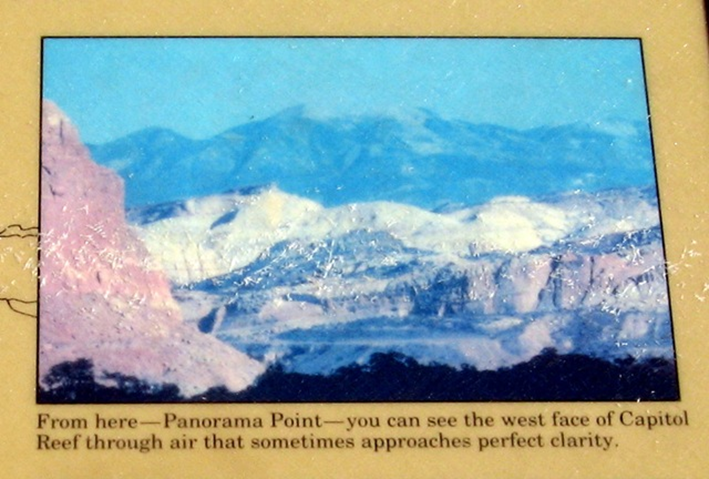
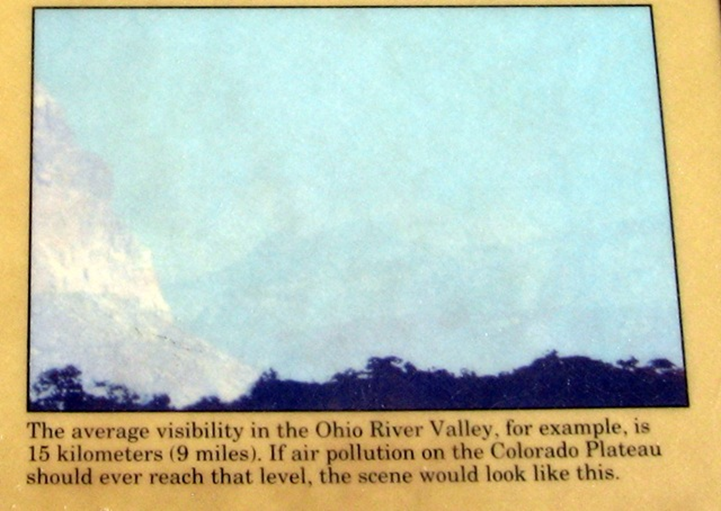
Torrey is a picturesque community of only 120 residents. On Saturday morning, we visited the tiny farmers market, located in the side yard of a bookstore, consisting of only 1 vendor. 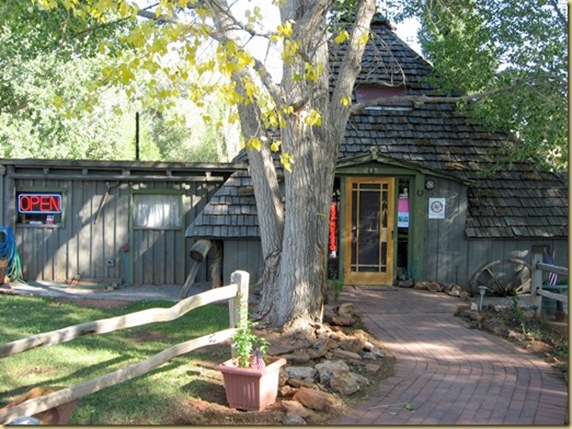
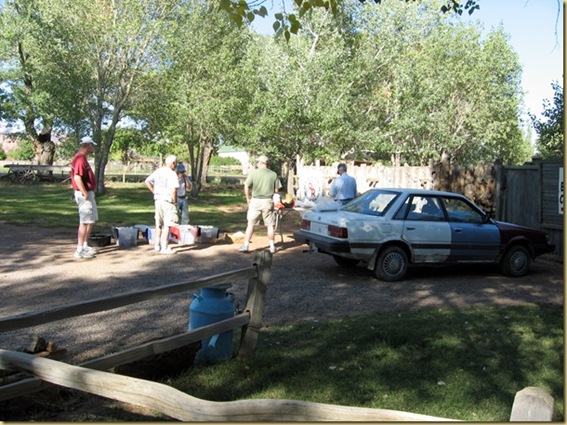
We purchased a delicious loaf of bread that had been cooked in an outside stone oven. The bread is brought to the Farmer’s Market, unwrapped, in tubs.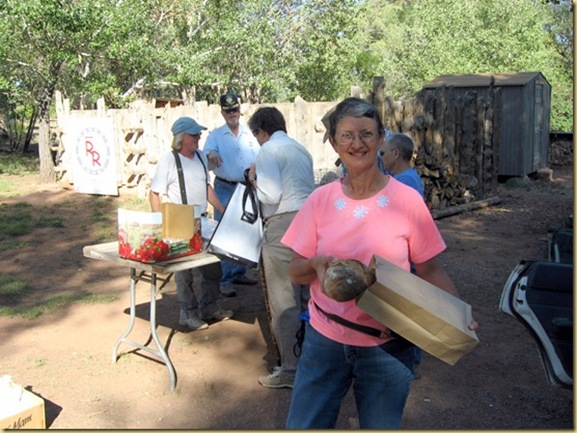
On Sunday, we attended the small church, where Anita offered to provide piano music for the tiny congregation of 12 or so. She was asked to stay and become their pianist.
At this point in the trip, Hoyt and Bernice decided to take the scenic route to Bryce Canyon National Park. We chose not to visit Bryce, as it would mean driving through the aspens. Ron was beginning to have allergy problems with the trees at Capitol Reef, and we didn’t want to aggravate the situation. We decided to make Zion our next destination.
For a slideshow of more of Capitol Reef, CLICK anywhere on the collage:
